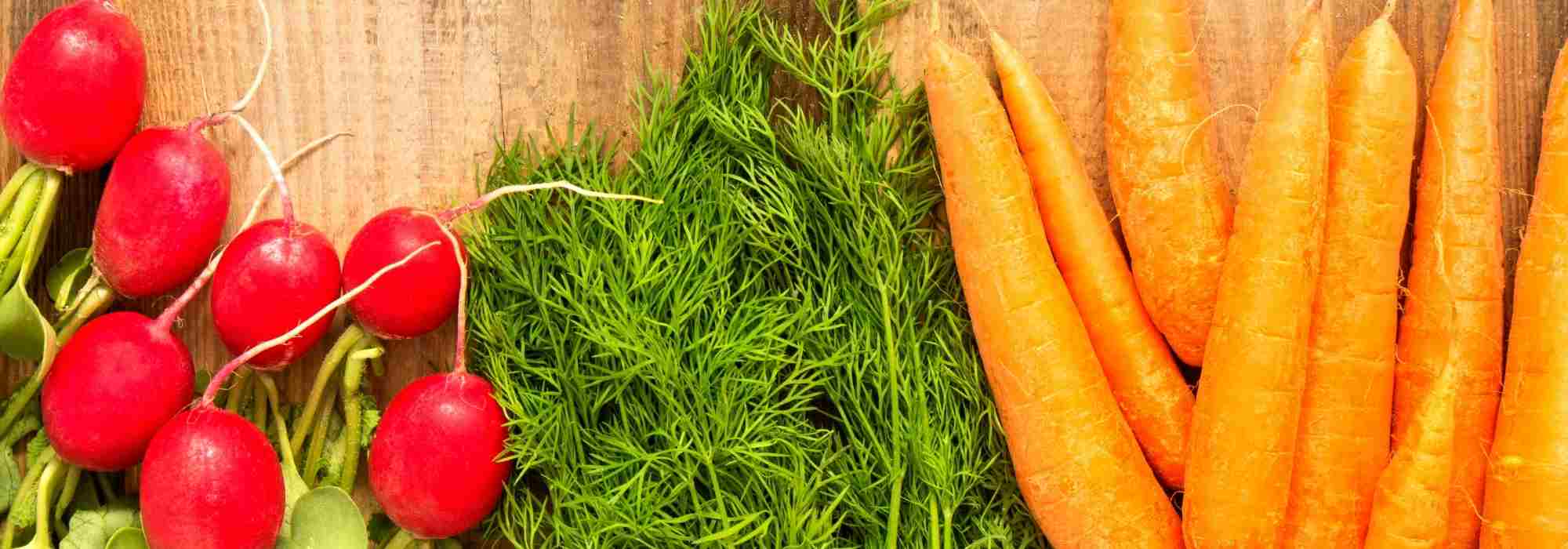
How to grow early vegetables?
From sowing to harvest!
Contents
Potatoes, turnips, radishes, carrots, onions — cultivating early vegetables enables harvest earlier in spring. Picked before full ripeness, they have thinner skin, a more tender texture and a milder flavour than so-called main-season varieties. Enjoying early vegetables is within reach of every gardener, provided you equip yourself properly and choose well-adapted early varieties! To successfully grow these early crops, it is essential to have the right tools to prepare ground, sow, and protect sowings and crops from frost.
Discover our tips to succeed with your early vegetables, from sowing to harvest!
Preparing the soil
To produce generous harvests, vegetables grown in the vegetable garden need well-prepared soil.
- First step is to weed area intended for growing. Weed knife, hoe, scraper, root-puller — we offer a whole range of truly indispensable weeding tools. They will allow you to uproot undesirable herbs directly from the root, manually or mechanically.
- Once weeding is complete, loosen and decompact soil deeply. To loosen soil layers, equip yourself with a broadfork or a digging fork. Less invasive than a spade, they allow decompacting and working the soil without turning soil layers, therefore without disturbing microbial life. Finish the operation by levelling and breaking clods with a hand claw then a rake.
- Final step: fertilise soil to provide vegetables with all nutrients they need to produce abundant harvests. Prefer organic fertilisers (compost, manure, horn meal, guano, blood meal…). You can use pelleted manure, very practical and easy to use. However, creating a hotbed from mid-December is an effective, if slightly demanding, technique that allows early vegetables to be grown successfully thanks to the heat released by fermentation of fresh manure (ideally horse manure because it heats faster). Incorporate it using a hand claw or hand fork. The manure layer should be made under a cold frame and covered with a layer of potting compost in which you can sow. This very old practice speeds up vegetable shoots. Wait until temperature drops back to around 25°C before sowing or planting, i.e. about 3 weeks after the heat spike.
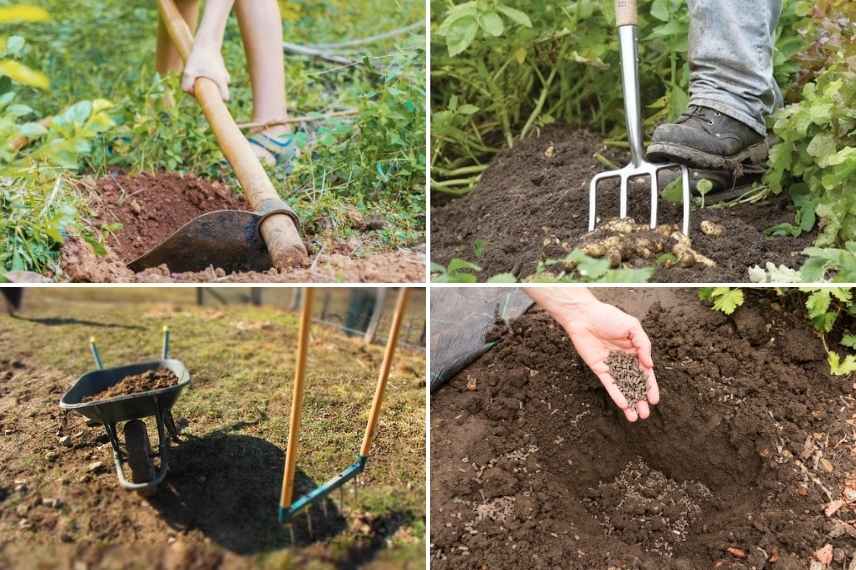
Weeding, loosening and fertilising, three essential steps to carry out beforehand
→ Discover our complete range of tools for working soil.
Read also
Sowing vegetable seedsSow, plant, harvest
Early varieties are intended to be sown very early in the season, from the end of January in the mildest regions and from February elsewhere. Indeed, to harvest early, from March–April, peas, lettuces, carrots and crunchy radishes must be sown without delay. It is advisable to have the right equipment.
- A hand hoe will be indispensable for tracing furrows for sowing or transplanting. You will also use the rake to refine and level the surface of freshly dug or hoed soil before sowing and to close the furrows and firm the soil after sowing using the back of the rake head.
- The seed sower allows you to “sow thinly”, distributing seeds one by one, which will avoid thinning later. It is useful for sowing carrots, radishes, parsley, lettuces…
- The transplanting trowel, a sort of small spade, will allow positioning young plants in plugs.
- The dibber will let you quickly dig holes in the soil to set out young vegetable plants with bare roots (lettuces, leeks) or to plant large seeds.
- The leek dibber is perfect for digging straight sowing trenches to receive young leek plants. A potato planter will be useful to plant the tubercles without bending down too much.
- The spade and spading fork will be used to lift leeks, potatoes, carrots and turnips.
- The hand cultivator or garden fork will be useful for digging up potatoes.
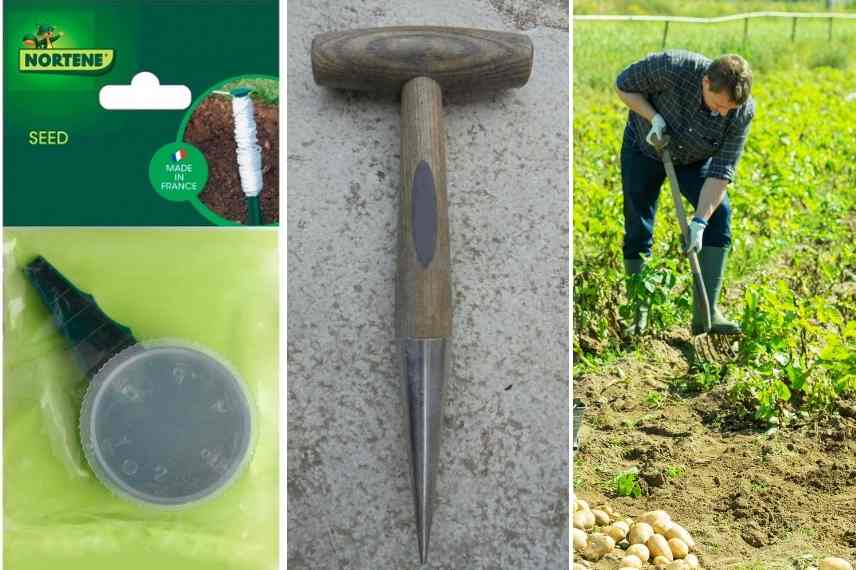
Seed sower, dibber and … time to harvest new potatoes using a spading fork
→ Also see our advice sheet: 8 essential tools for the vegetable garden.
Discover other Early sowing
View all →Available in 1 sizes
Available in 1 sizes
Available in 1 sizes
Available in 1 sizes
Available in 1 sizes
Available in 1 sizes
Available in 1 sizes
Available in 1 sizes
Available in 1 sizes
Available in 1 sizes
Protect sowings and crops from cold
Sowing or planting of early vegetables is done outdoors in late winter. Wait to start sowing until temperatures have warmed to around 7°C.
In any case, these early crops must be protected from cold. To prevent frost destroying your early sowings, various solutions exist.
-
Growth fleece or winter fleece
Very practical, growth fleece or winter fleece is the simplest method to set up : simply cover young sowings and hold fleece in place with large stones, sandbags, wood boards… It can be used over a cultivation tunnel or directly on soil.
Advantages : Fleece protects from wind, attenuates effects of heavy rain or thin and can raise temperature by 3 to 5 degrees. Thermal protection varies according to polypropylene thickness, from 30 g/m² to 90 g/m²; the latter should be reserved for regions with very cold winters. It creates a favourable microclimate and retains heat accumulated during the day around sowings or young plants, while still allowing light to filter through. Permeable to water and breathable, it ensures good air circulation. It can be reused for several years.
Disadvantages : Its opacity can be a problem as it may cause risk of etiolation, with seedlings forced to search for light. Use when cold is not too severe, as most fleeces do not really protect against hard frost.
Suitable for : Especially recommended for fast growth-cycle crops such as radishes, watercress or cut-and-come-again lettuces that will not have time to etiolates.
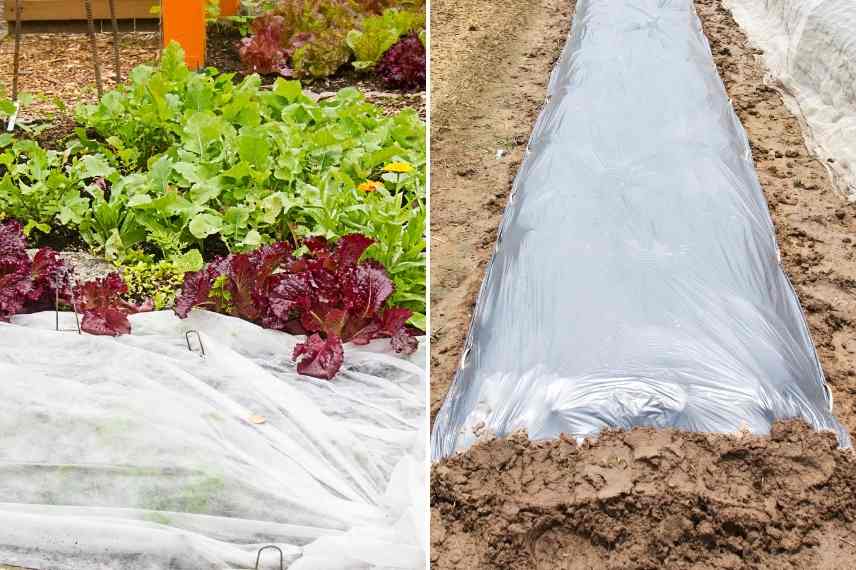
-
Flexible or rigid mini-tunnels
They consist of hoops covered with a forcing film in polyethylene, thinner or thicker and more or less transparent, to form small market-garden tunnels (known as “tunnels nantais” or “chenilles”). Rigid mini-tunnels, even more resistant to wind and thin, are also available. Position them facing south so they receive maximum light.
Advantages : Inexpensive, they offer more effective protection against frost than fleece and allow cultivation in rows and over larger areas. Ventilation is also better and watering is easier thanks to possible openings at sides or ends. They accelerate growth of vegetable young plants by creating not just a microclimate but an actual greenhouse effect. An interesting alternative to a cold frame, as they are easier to assemble, dismantle and store.
Disadvantages : Wind is their main enemy! Their lightness makes mini-tunnels vulnerable to strong gusts. Deposits of greenish residue on walls over time can make them look unsightly. Remember to ventilate regularly when weather is mild and sunny.
Suitable for : Depending on height, easily grow anything planted in rows such as strawberries, a row of peas (‘Très hâtif d’Annonay’ and ‘Petit Provençal’), spring turnips (‘Rave d’Auvergne hâtif’ and ‘de Milan Rouge ‘Extra Hâtif’’), early carrots (‘Marché de Paris’), radishes (‘Fluo F1’ and ‘Gaudry 2’ for round varieties), early potatoes such as ‘Amandine’ and ‘Belle de Fontenay’, lettuces and small white onions.
Cold frame
The so-called “market-garden” cold frame is made from a wooden box topped with a pane (glass or polycarbonate) that reflects solar radiation and so stores heat. It is perfect for keeping early sowings warm because soil warms quickly inside.
Advantages : Best solution to protect early vegetables from cold (up to a point) and also ideal for growing recently pricked-out seedlings. Sow early under cold frame, let them develop in warmth and transplant to vegetable patch once spring is well established. It is also easy to create a hotbed here, a traditional method of sowing under frame over a large area on a deep layer of manure.
Disadvantages : Main drawbacks are bulkiness and rather unappealing appearance. Needs to be placed in sheltered, well-exposed spot. Beware of overheating! Remember to ventilate well or open frames completely as soon as outdoor temperatures allow. Regular airing is essential to remove condensation and reduce disease risk.
Suitable for : First radishes or first lettuces are ideal for cold frame culture.
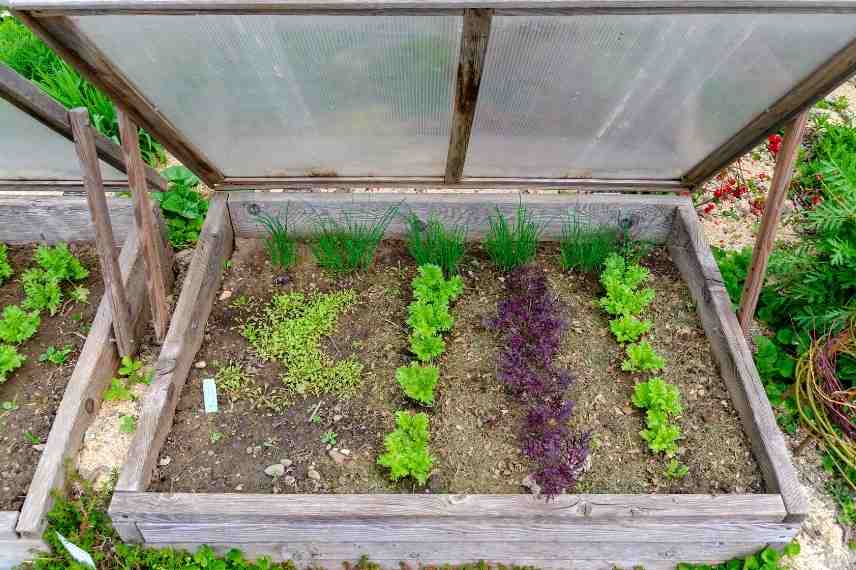
Forcing cloches
Plastic cloches (formerly glass) are perfectly suited to protecting young plants, though not really for sowings. They are used for transplanting a seedling previously sown in a tray.
Advantages : Cloches keep young vegetable plants warm and encourage growth. They protect from bad weather, cold and even sun, slugs, snails and birds! Some models include vents for better internal ventilation. Quick to place, they are very practical.
Disadvantages : A little expensive, and designed to protect only a single seedling.
Suitable for : Mainly used for lettuces after transplanting into garden.
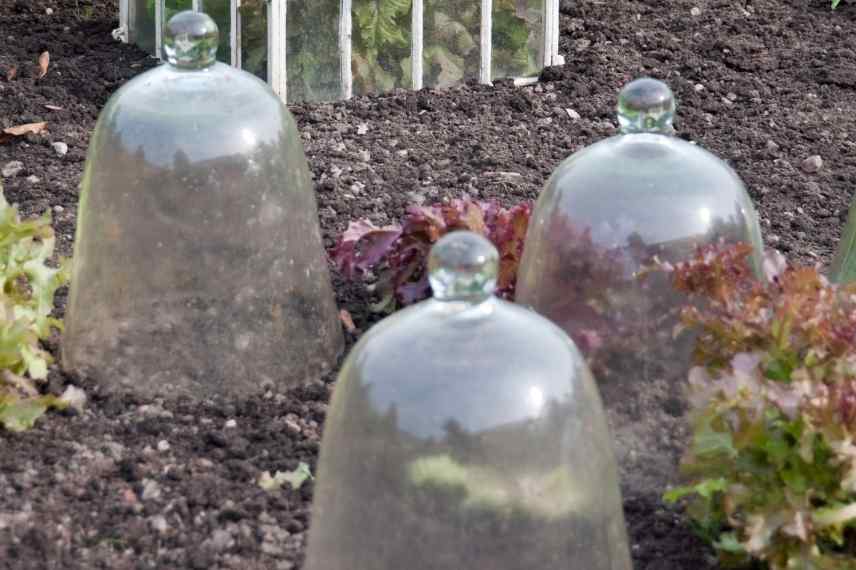
Old glass salad cloches
- Subscribe!
- Contents
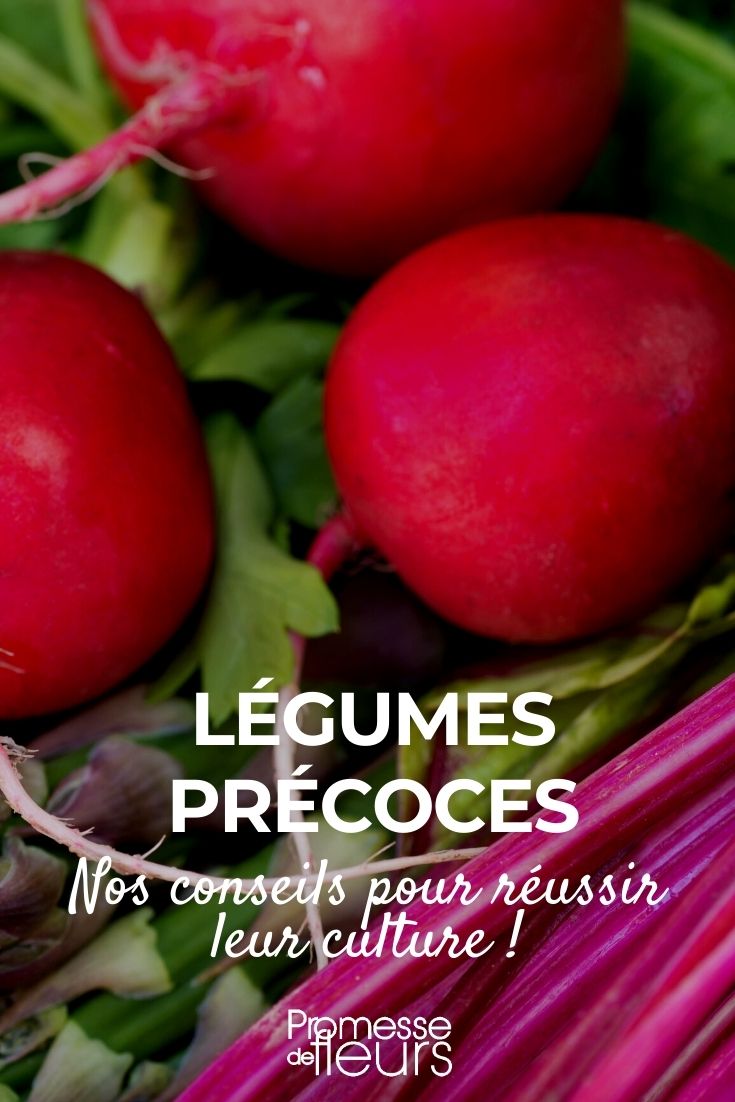































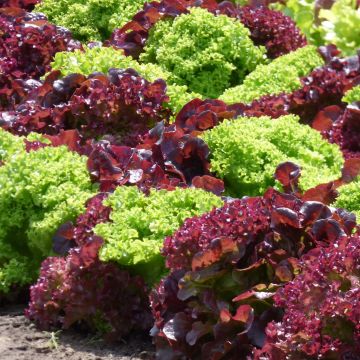
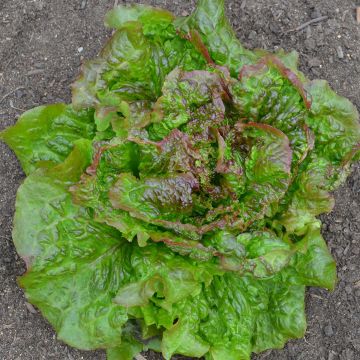
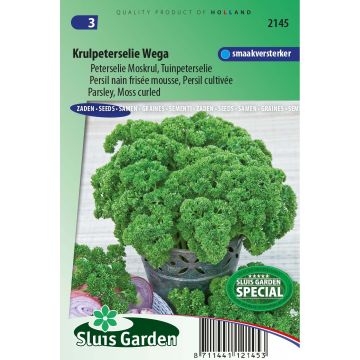
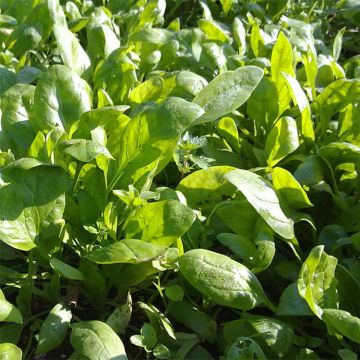
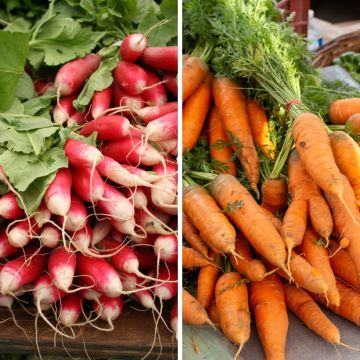
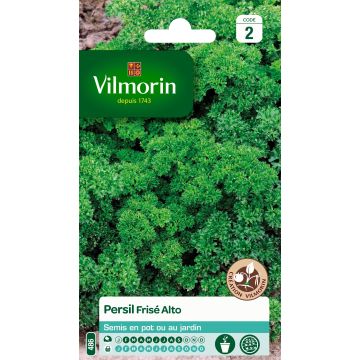
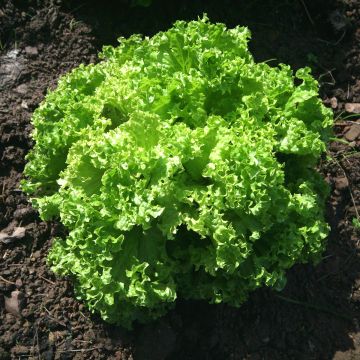
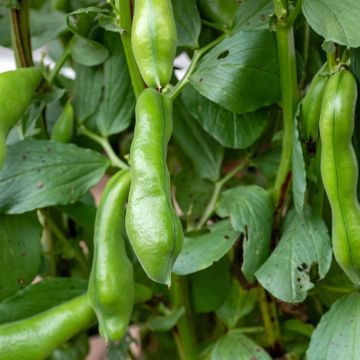
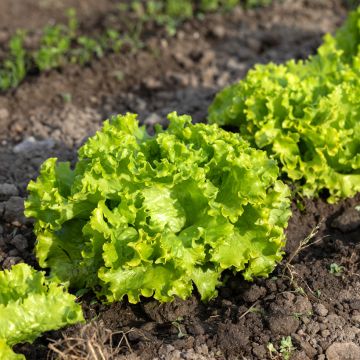
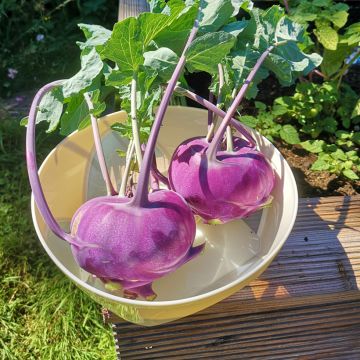
Comments